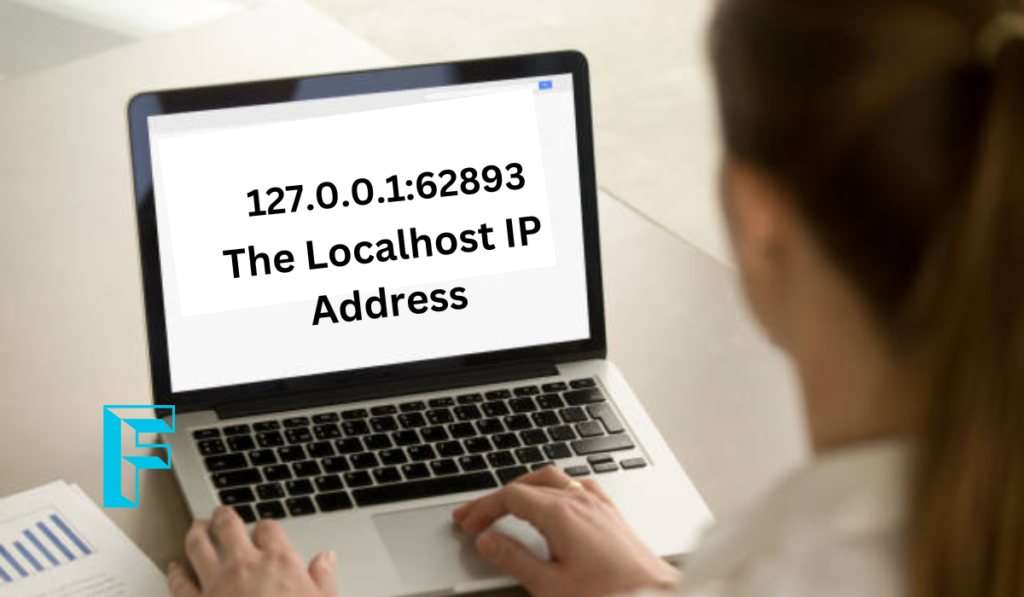introduction to 127.0.0.1:62893
In the world of networking and computer science, certain numbers and codes hold particular significance. One such example is the IP address and port combination “127.0.0.1:62893.” While it may seem cryptic at first glance, this combination plays a crucial role in the functioning of modern computer networks and applications. In this article, we’ll explore what this address means, how it’s used, and its relevance in various contexts.
What is 127.0.0.1?
127.0.0.1 is an IP address known as the loopback address. It is a special IP address reserved for a computer to communicate with itself. Whenever data is sent to this address, it doesn’t leave the computer’s network interface but is instead looped back into the system.
Why use 127.0.0.1?
The loopback address is primarily used for testing and troubleshooting. It allows software developers and system administrators to test network applications and services on their own machine without needing to connect to an external network.
Understanding Port 62893
The number 62893 is a port number. Ports are numerical identifiers used in networking to distinguish different services or applications running on a single IP address. Each port allows a different service or application to use the network interface without interfering with others.
Why are ports important?
Ports are crucial for directing network traffic appropriately. When data is sent to an IP address, the port number specifies which application or service should handle the data. This separation helps manage multiple services running simultaneously on the same device.
Combining IP Address and Port: 127.0.0.1:62893
When you see 127.0.0.1:62893, it refers to a specific service or application on your local machine listening on port 62893. This combination is used to route network traffic to a particular process on your computer, enabling different applications to communicate with each other or be accessed remotely in a development or testing environment.
Use Cases for 127.0.0.1:62893
- Local Development: Developers often use this address for testing and development purposes. For instance, a web developer might run a local server on port 62893 to test a new web application before deploying it to a live environment.
- Service Testing: System administrators and developers use loopback addresses to test services and applications locally without impacting other users or systems.
- Security and Isolation: By using the loopback address and specific port numbers, developers can isolate their testing environments from external networks, enhancing security during the development phase.
How Does It Work?
When a service is set up to listen on port 62893, it waits for incoming connections on that port. When you send a request to 127.0.0.1:62893, it is directed to the service running on that port on your local machine.
Here’s a simplified flow:
- Application Setup: An application or service is configured to listen on port 62893.
- Request Routing: When you send a request to 127.0.0.1:62893, your computer’s network stack routes the request to the specified port.
- Service Response: The application or service processes the request and sends a response back to the same address and port.
Practical Examples
To illustrate how 127.0.0.1:62893 is used in real-world scenarios, let’s explore a few practical examples:
- Web Development: A web developer might set up a local server using a tool like XAMPP or WAMP. This server could be configured to listen on port 62893. The developer would then access the local server using 127.0.0.1:62893 to view and test their web application.
- Database Testing: A developer working with a database might use port 62893 to connect to a local instance of the database. This setup allows for testing and debugging of database queries without affecting the production database.
- API Development: During API development, developers often test their APIs locally. By setting the API to run on 127.0.0.1:62893, they can interact with and test their API endpoints without deploying them to a remote server.
Troubleshooting Common Issues
While working with 127.0.0.1:62893, you might encounter some common issues. Here’s how to troubleshoot them:
- Port Conflicts: If you get an error indicating that port 62893 is already in use, another application might be using that port. Check for other services or applications that might be conflicting and change the port number if necessary.
- Service Not Responding: If the service running on port 62893 isn’t responding, ensure that the application is correctly configured to listen on that port and that there are no firewall rules blocking access.
- Incorrect IP Address: Ensure that you are using the correct IP address and port number. 127.0.0.1 should be used for local testing, and any external IP addresses should be replaced accordingly.
Security Considerations
When using loopback addresses and specific ports, it’s essential to consider security implications:
- Local Security: While 127.0.0.1 is used for local testing, ensure that sensitive information is not exposed through local services. Local services should be secured and not accessible from outside the machine.
- Port Scanning: Avoid using well-known or commonly scanned ports for sensitive services. Using a less common port can reduce the risk of automated attacks targeting your service.
- Service Hardening: Ensure that the services listening on specific ports are configured securely and that unnecessary services are disabled.
Future Trends and Developments
As technology evolves, the use of loopback addresses and port numbers continues to play a crucial role in development and testing environments. Future developments might include:
- Enhanced Development Tools: New tools and technologies could simplify the process of configuring and managing local development environments, making it easier for developers to use addresses like 127.0.0.1:62893.
- Increased Security Measures: As security threats evolve, improved security measures will be implemented to protect local services and applications from potential vulnerabilities.
- Cloud Integration: With the rise of cloud computing, there might be new ways to simulate local environments and test applications in cloud-based environments, potentially impacting how we use loopback addresses and port numbers.
Conclusion
The combination of 127.0.0.1:62893 is a fundamental part of networking and software development, enabling developers and system administrators to test and troubleshoot applications effectively. Understanding how this address and port number work together can help you leverage their capabilities for local development, testing, and security.
By exploring the use cases, troubleshooting tips, and security considerations, you can better manage your local development environment and ensure that your applications and services run smoothly. As technology continues to advance, staying informed about best practices and emerging trends will help you navigate the complexities of modern networking and development.
Feel free to explore further and experiment with different configurations to enhance your understanding and proficiency in using addresses like 127.0.0.1:62893 in your projects.


